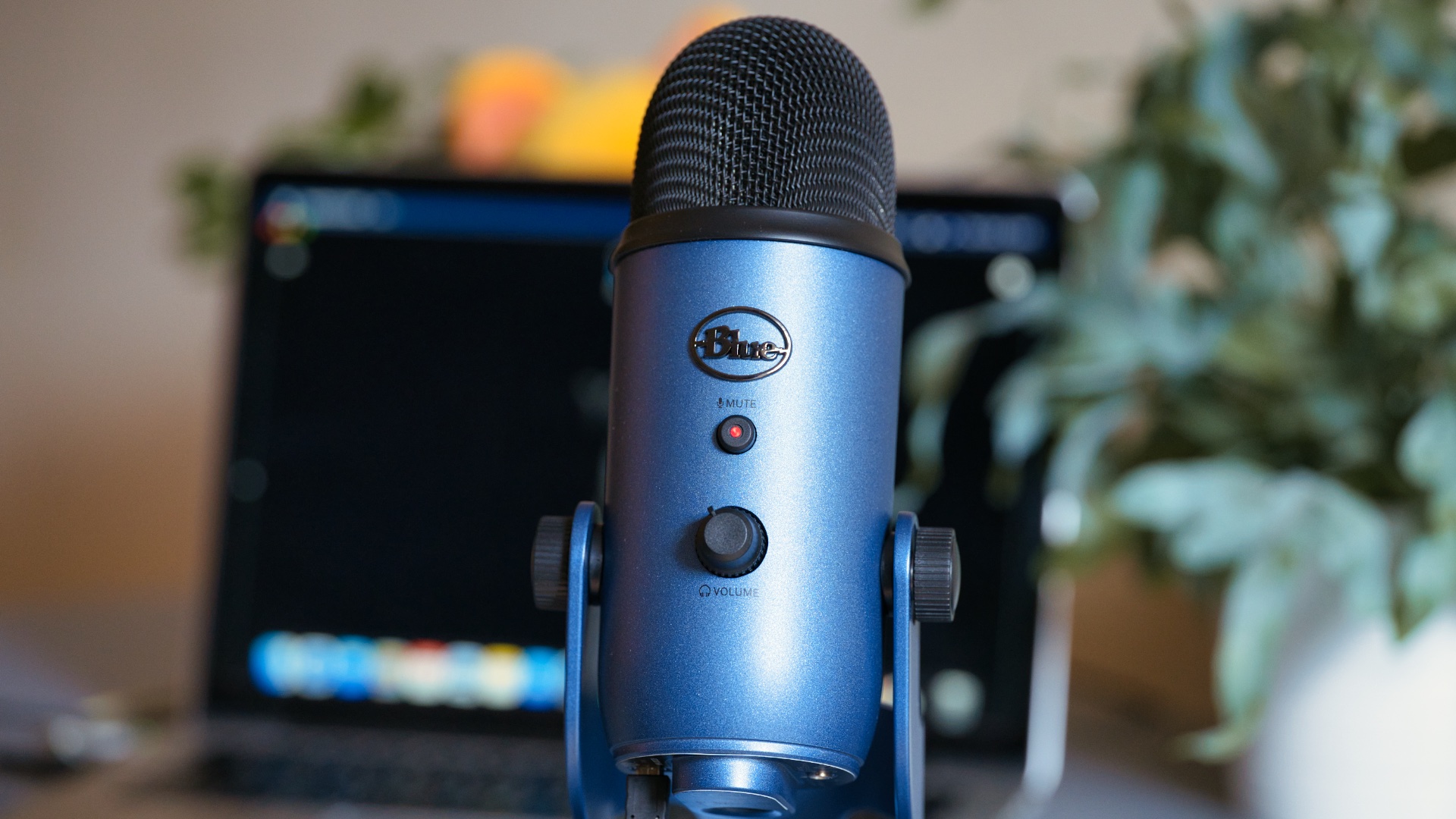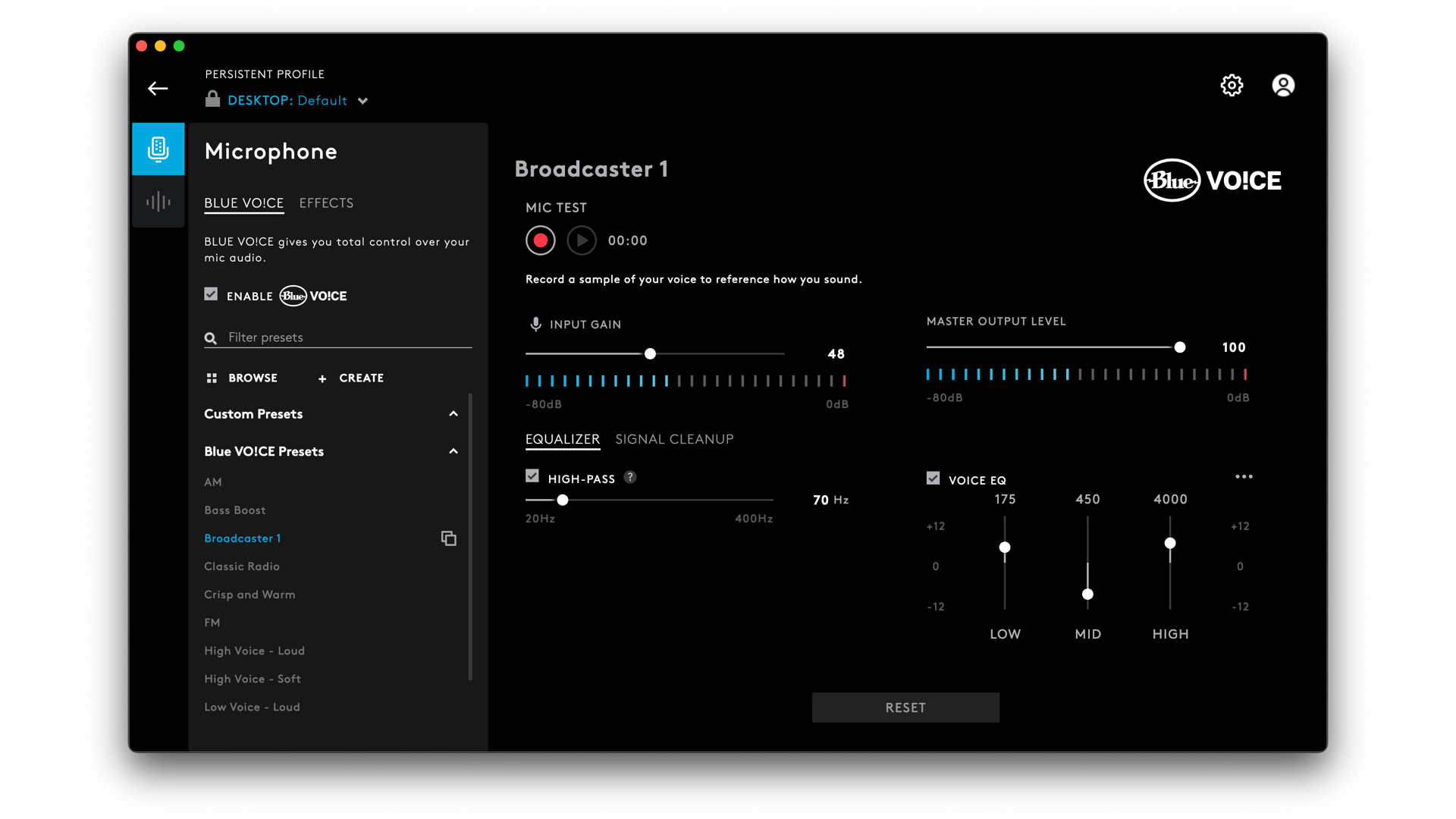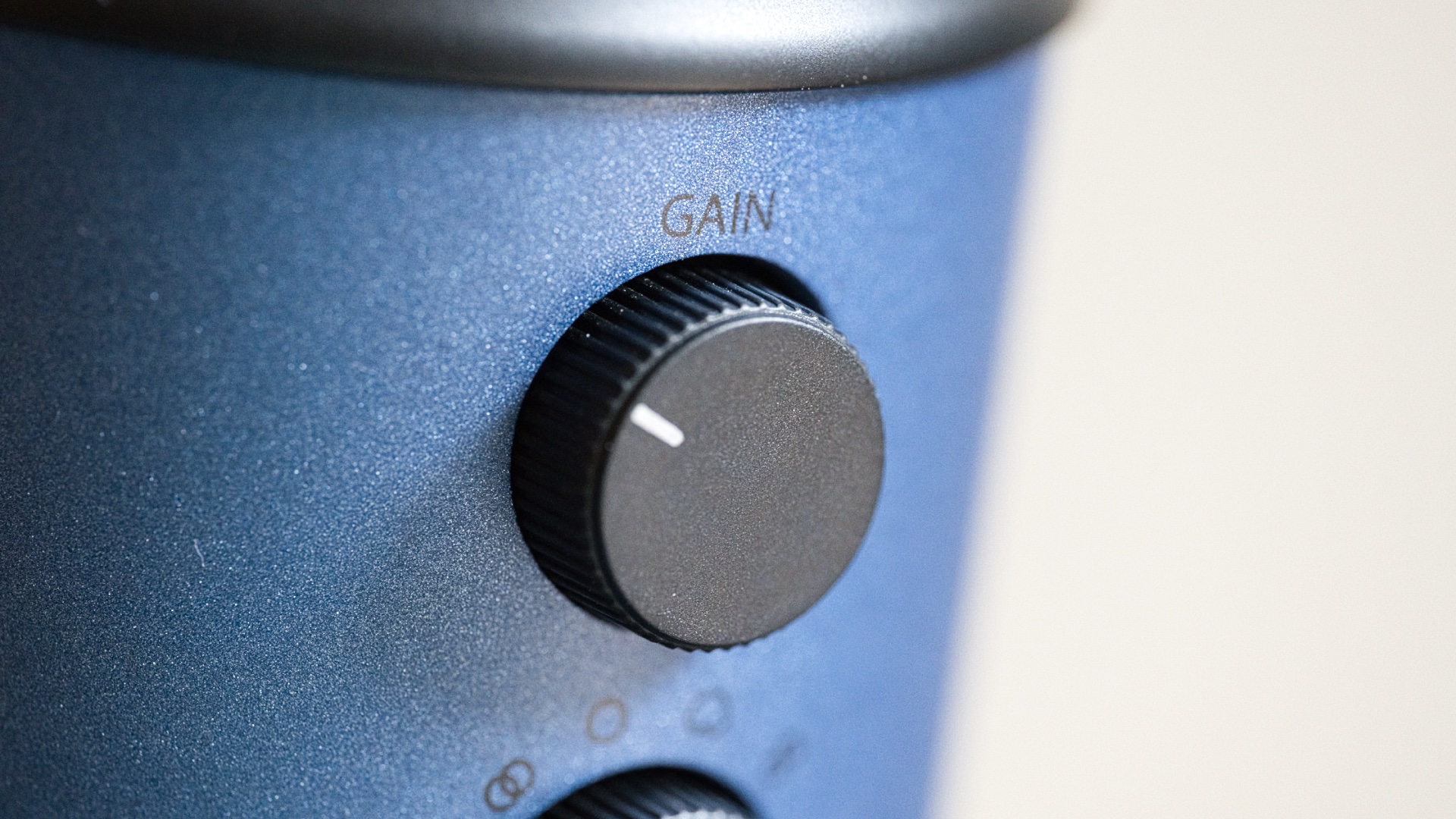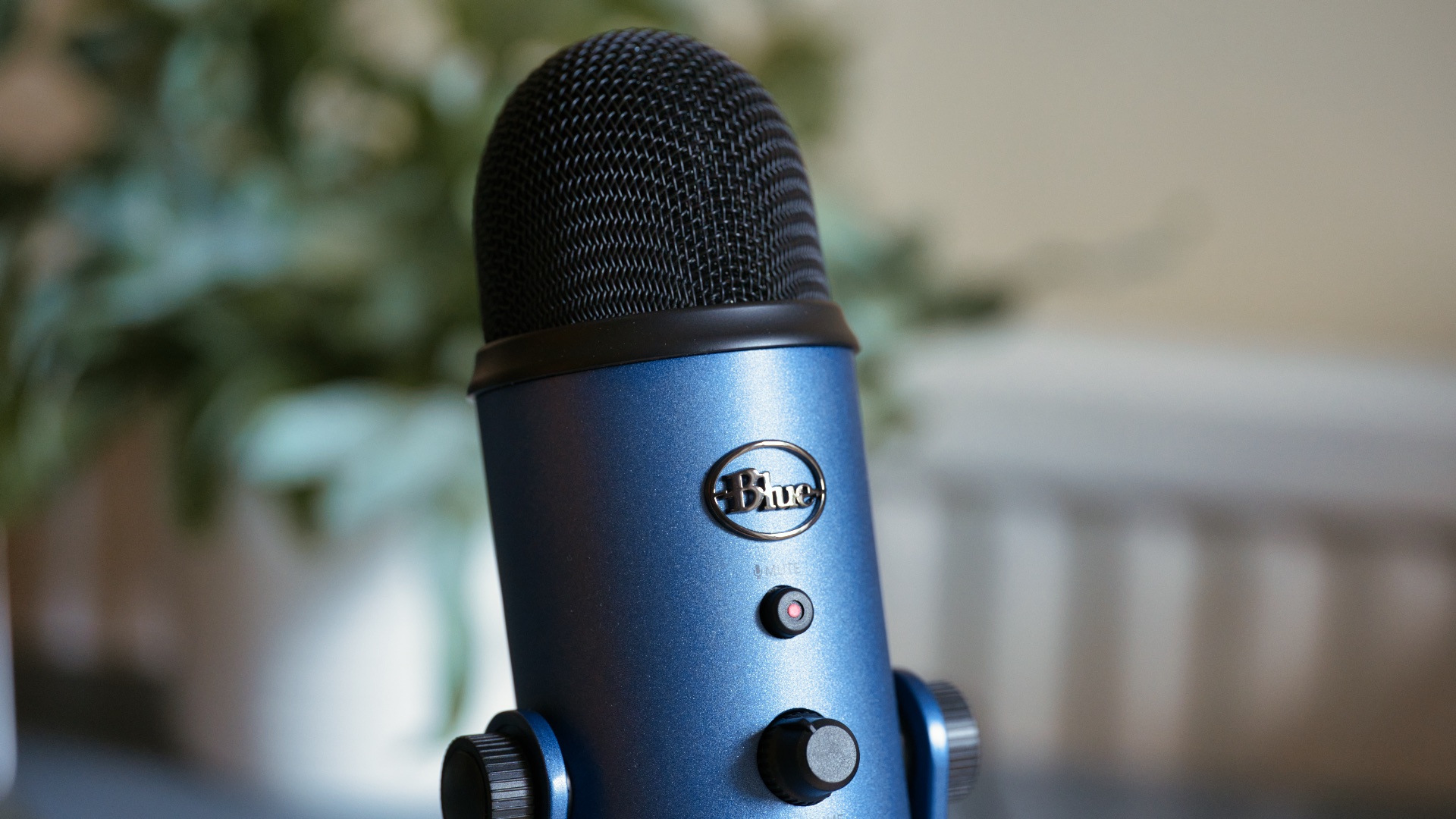

Even if you're a newbie content creator, you must have come across the brand Blue and heard of its most popular product, the Yeti. This fabulous microphone is famous for being the number one choice for podcasters and streamers, mainly because it A) looks good, B) sounds even better, and C) is easy to use. That said, there are a few common pitfalls everyone should avoid to ensure they make the most of their Blue Yetis.
I asked Gabe Whyel, Blue's Head of Product Marketing, to share what he thinks are the most common mistakes Blue users make and, most importantly, how to avoid these. During our chat, Gabe shared a number of excellent tips, most of them being applicable to other podcasting microphones, not just Blue Yetis. Below are five of the most exciting tips he had to share that every and all content creators should consider.

Mistake #1: Not using G-Suite
This was a big eye-opener for me. Blue Microphones is part of the broader Logitech For Creators ecosystem and benefits significantly from it. One obvious advantage is being able to use the Logitech G Suite (or G Hub, links to Logitech) to unlock Yeti features – for free!
Using G Suite, you can access presets to fine-tune the sound of your Yeti (e.g. Classic Radio, Crisp and Warm, etc.), and you can also change your sound profile completely. My favourite effect is the 'Gender Shift' that turns your voice into a female/male voice; the best thing is that whatever your original voice is, the female and male shift will sound different from your own voice!
You can also create your own sound profiles, effects and samples through G Suite; plus, should you have other Logitech For Creators products (e.g. lights, webcam, etc.), you can link them together and create effects that change all of them in the same time. Better still, you can assign a button on your (Logitech) keyboard and unleash all the effects quickly, which will surely make any stream more fun to do and watch.
Mistake #2: Speaking into the top of the microphone
"The first thing I want to make sure that everyone is aware of – and most people are – is that when you set up Yeti microphone, you want to speak into the side of the microphone that has the Blue logo, which is the side of the microphone", says Gabe "They call that 'side-address'; the Yeti is a side-address microphone."
You might have seen singers signing into the top of their handheld microphones – those are what's called 'top-address' microphones. Most podcasting microphones are side-address, which makes sense, especially in the case of the Blue Yeti, as it has multiple pickup patterns (more on this below).
Sign up to the T3 newsletter for smarter living straight to your inbox
Get all the latest news, reviews, deals and buying guides on gorgeous tech, home and active products from the T3 experts
When setting up the mic, you want to ensure the front of the microphone faces your mouth, is 6-10 inches (15-25 cm) away from you, and the gain is adjusted for optimum sound pickup.

Mistake #3: Not adjusting the gain
Speaking of gain, you must tweak this before you start recording. 'Gain' is the sound level the microphone picks up; the higher the gain, the more sensitive the microphone gets to sounds surrounding it. If you are close to your Yeti, you might want to turn the gain down, whereas turning the gain up is advised if you're farther away.
"The quality of your voice is going to be improved as you get closer to the mic", explains Gabe, "But, for example, if you stand really far back from the microphone and turn up the gain, you'll hear more of your ambience, because the microphone is listening to more sound in general."
"Sometimes you want more ambience – maybe you're a singer and would like to collect the sound of the instruments in the room", he adds, "But if you're doing a podcast, you typically want a pretty dry sound. And so for a podcast, you want to be closer to the mic with the gain loud enough for you have a strong signal, but not too loud that you're picking up everything around you."
Gabe suggests you start with the gain dial at the 2 o'clock position if you're about 6 to 8 inches away from the mic, and as you get closer, you can move that to 12 o'clock or even a little bit lower.
Mistake #4: Not using a pop filter/boom arm
Especially if you use the Blue Yeti for podcasting/streaming, you might want to add a pop filter to your setup. A pop filter is typically a ring with some suspended fabric that filters out plosives such as 'b' and 'p' sounds. It has a gooseneck arm and a clamp that attaches it to your shock mount, microphone stand, or boom arm.
"And you can get those off of Amazon for $15", Gabe suggests, "So if you like to be really close to your mic, it's good to have a pop filter, and that makes sure that any of that kind of ps or bs don't get into your audio signal."

Mistake #5: Not taking the environment into account
"The room that you're in does matter in your sound quality", Gabe explains, "Flat surfaces can create a lot of bouncing of your sound, and you can do some fundamental things to prevent this from happening. For example, a throw rug underneath you can stop the sound from bouncing around on the walls, floors and ceiling, and sometimes folks will mount a blanket or so on the wall in front of them (i.e. behind their monitors)."
You don't necessarily need either of these things if your room has carpeted floor or some furniture is present such as a sofa or an armchair – something covered in fabric. It helps break up the sound and reduces reverb (when sound bounces around the room, and then comes back into the microphone).
Haven't got a Blue Microphone yet? Check out these deals!

Matt Kollat is a journalist and content creator who works for T3.com and its magazine counterpart as an Active Editor. His areas of expertise include wearables, drones, fitness equipment, nutrition and outdoor gear. He joined T3 in 2019. His byline appears in several publications, including Techradar and Fit&Well, and more. Matt also collaborated with other content creators (e.g. Garage Gym Reviews) and judged many awards, such as the European Specialist Sports Nutrition Alliance's ESSNawards. When he isn't working out, running or cycling, you'll find him roaming the countryside and trying out new podcasting and content creation equipment.

